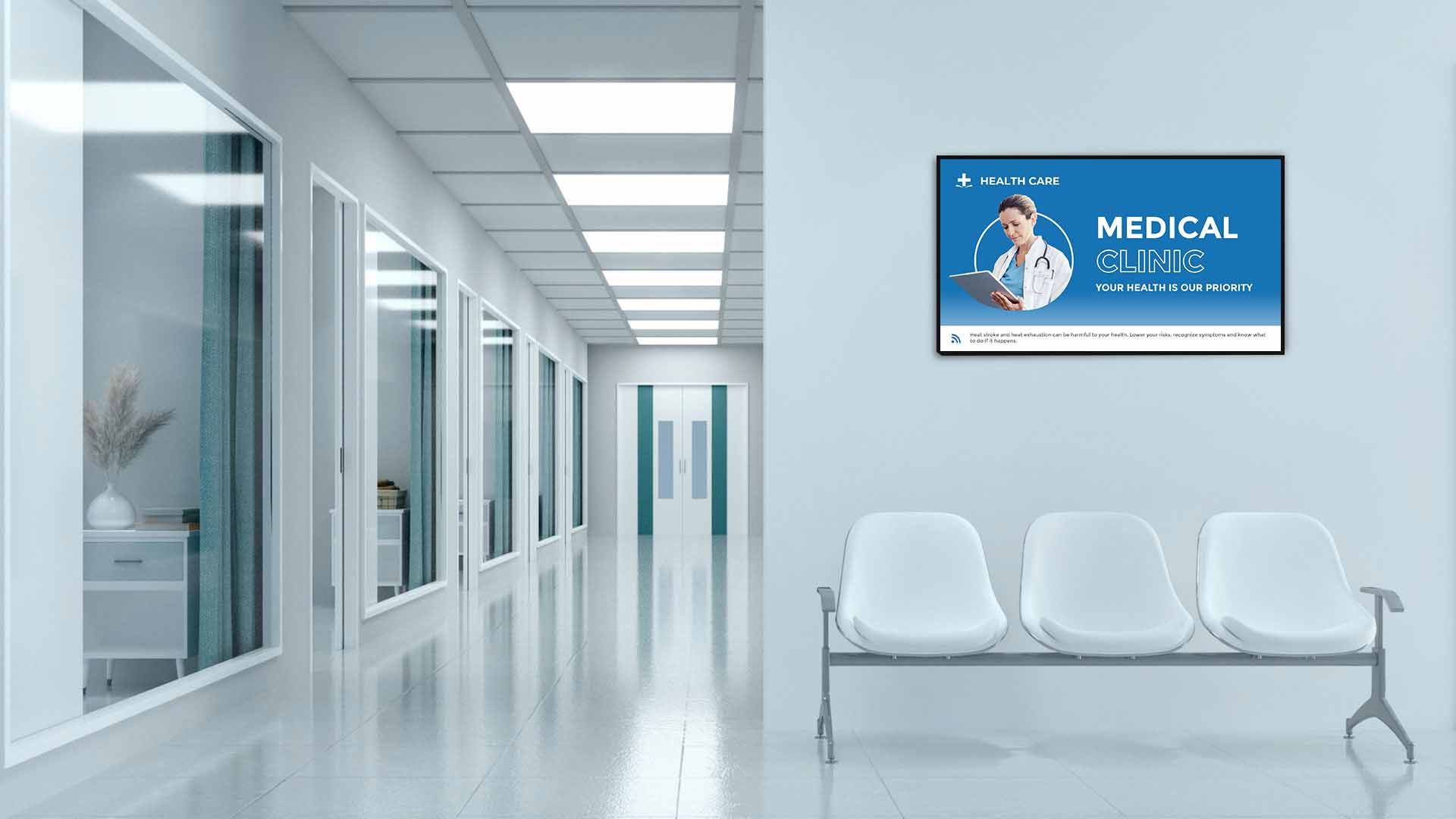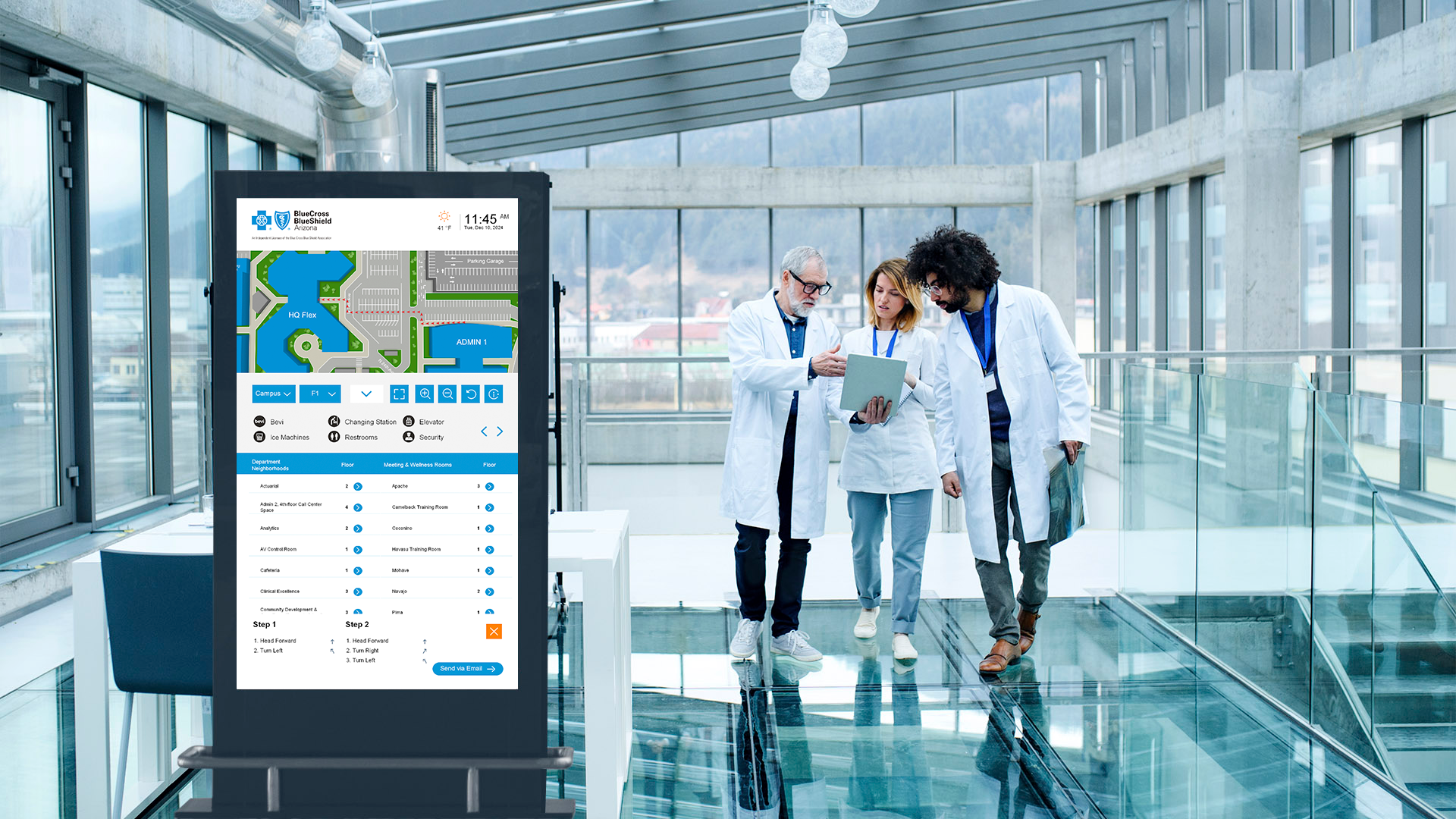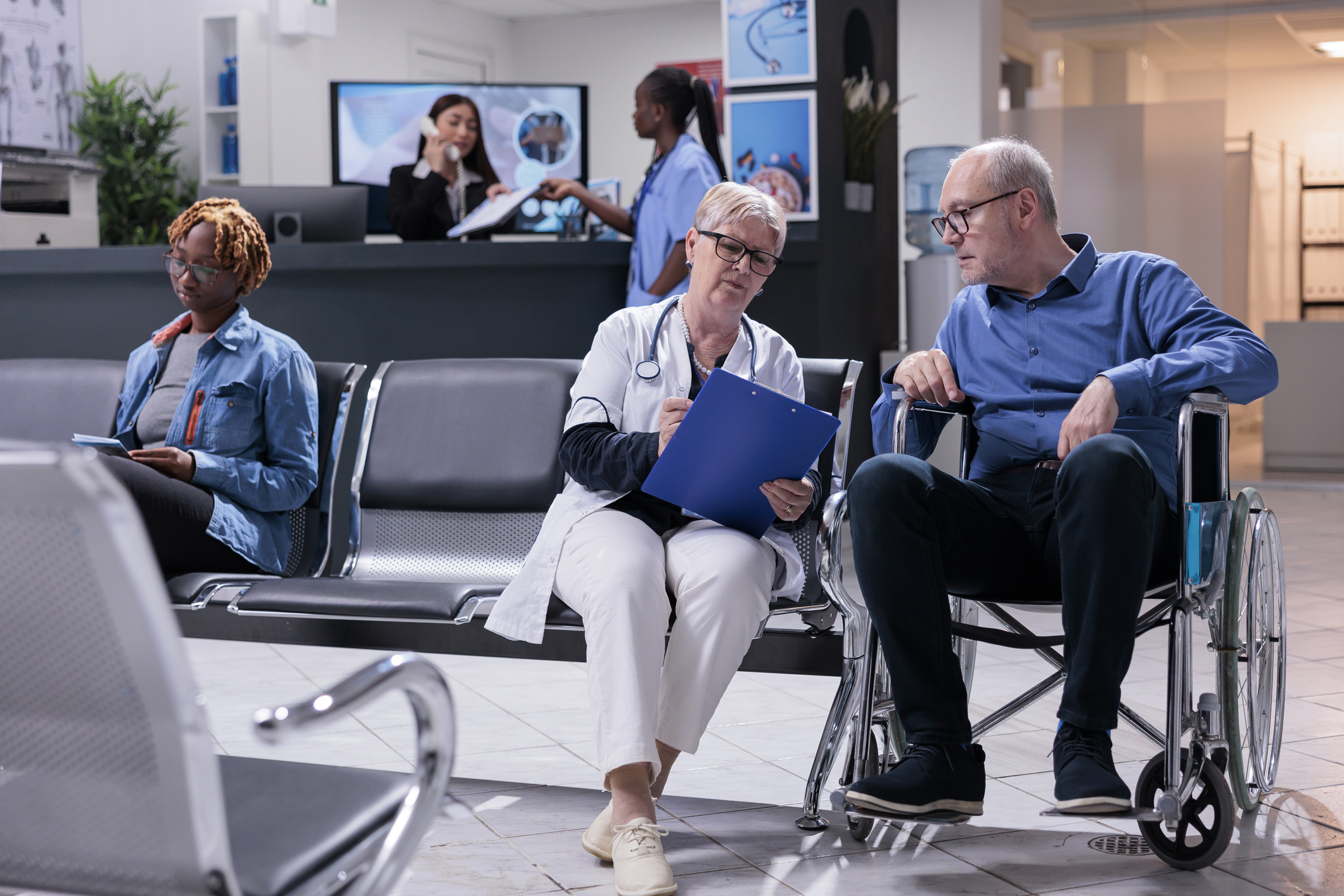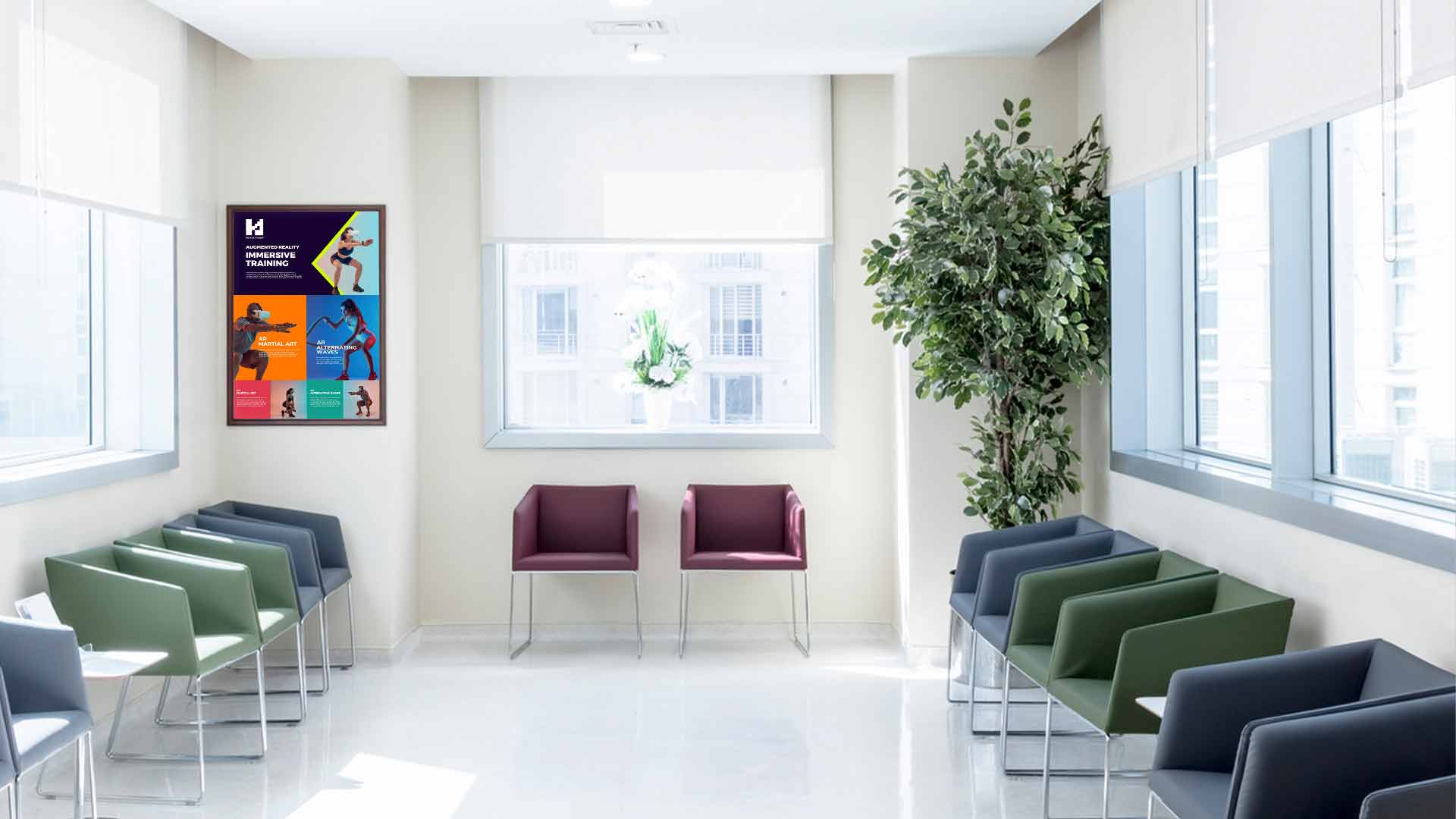Digital signage for healthcare facilities simplifies how patients, providers, administrators, and staff connect. A smart signage system can yield measurable cost savings for medical buildings by streamlining employee workflows and boosting productivity with data-driven artificial intelligence.
How Wayfinding Can Assist With Cost Savings in Healthcare
One of the most significant challenges facing the healthcare industry today is the loss of medicines and time. Experts estimate that during any given shift, medical professionals spend about one hour searching for medications and equipment; an hour that is taken away from their patients.
A solution to the loss of medicines and time could lie in digital signage for healthcare. With the help of Artificial Intelligence and the latest technology in wayfinding with 22Miles, the staff and patient experience can be elevated at medical facilities of all sizes.
Read on to learn more about how wayfinding can assist with cost savings in healthcare and improve productivity of medical staff.
Empower Employees to Work More Efficiently
The Bureau of Labor Statistics finds that of the 30 fastest growing occupations in the United States, 19 of them are in healthcare. This rapid increase in demand for healthcare workers, due in part to an expansion of health insurance coverage under the Affordable Care Act, as well as the Covid-19 pandemic, is forcing the industry to evolve and place more focus on efficiency.
How can the healthcare industry meet this need to progress? With wayfinding. Wayfinding for healthcare can not only elevate the visitor and patient experience with location-based information pop ups and educational content, but also the staff experience with digital huddle boards and more.
The wide variety of capabilities provided by wayfinding technology improves organization and efficiency among staff, in turn improving the visitor and patient experience. This helps cut down on communication errors, disorganization, and other factors contributing to the loss of medicines and time that is currently challenging the healthcare industry. With the addition of Artificial Intelligence, wayfinding becomes even more critical for staff at medical facilities of all types, from hospitals to outpatient clinics and beyond.
Artificial Intelligence in Healthcare
While wayfinding is most often used to direct visitors in a new space via kiosks and mobile devices, it is also proven to be beneficial for healthcare staff.
As one of the most important responsibilities in any medical facility, being able to keep track of medical tools, equipment, and medications is crucial. A new Artificial Intelligence module empowers medical staff to dedicate more focus to this responsibility and time to their patients, as well as reduce stress levels.
This new module launched by Purple AI serves to enable all employees to move around confidently during their shift while tracking equipment, medications, and facilitating the reporting of patient incidents in real time. This latest advancement in medical technology used in conjunction with 22Miles wayfinding software is guaranteed to significantly cut down on lengthy wait times, patient dissatisfaction, staff frustrations, and costs at medical facilities like never before.
Cut Costs and Elevate the Healthcare Experience With 22Miles
A study conducted by Gallup shows that 30 percent of Americans are satisfied with their healthcare in 2022, up from 26 percent in 2019 and 20 percent in 2018.
To continuously improve the patient, visitor, and staff experience, boost efficiency, and cut costs, digital signage for healthcare can help.With the latest technology in wayfinding from 22Miles, healthcare administrators can drastically reduce their overhead payroll costs. What does this mean for your healthcare facility? The reallocation of funds to what matters the most; unmatched patient care, clear staff communication, and elevated organization throughout the facility. In other words, digital signage for healthcare offers the best of both worlds; significant cost reduction and an enhanced experience for all, including staff, patients, and visitors.




